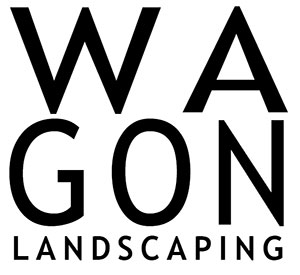Parc Archstoyanie
Archstoyanie park is located in Nikola Lenivets village, 350 km from Moscow, in the Ugra valley natural national park. After 90’s, at perestroika time, village declined while agricultural economy fall.
Since 2000, Russian artists and architects develop an outdoor museum of contemporary art, with inhabitants. Lead by Nikolai Polissky (Russian famous land artist) and Archstoyanie (contemporary art and architecture festival), a new experimental landscape is coming, where immense wooden structures are growing.
On 2008, Wagon Landscaping (in partnership with festival) began to develop a park as an open air museum, organising sculptures and objects for festival and artist residence on this abandoned agricultural zone.
Project takes place on a 150 ha agricultural wasteland where the existing pioneer vegetation dynamics are guided and developed as a forestial park, based on “maintaining and gardening nature”.
Some mains objectives define the park concept :
to design a park playing with the artistic sculptures scenography,
to work with inhabitants and artists for developing and gardening park,
to develop park using local agricultural and forestial knowledge, easy to build and maintain.
Following concept, in partnership with the Archstoyanie festival team, Wagon Landscaping design territorial scale project, where agriculture, culture and tourism become a new economical way for the Nikola Lenivets village development. As a process during this last 10 years, farmers, foresters, festival curators are associated to the project to take part to maintain the park.
Park is organized on…
a main line (axis) which structures and organises walking through the different park atmospheres (fields, meadows, afforestations, forest borders, glades).
different forestall and agricultural ambiances threw the park (open areas and enclosed ones) guiding natural dynamics
deigned line furnitures (benches and wood decking) which underline structure of open space and several atmospheres.
The park project is planned to evolve, with an extensive maintenance (twice interventions per years), with agricultural and forestall materials.










































